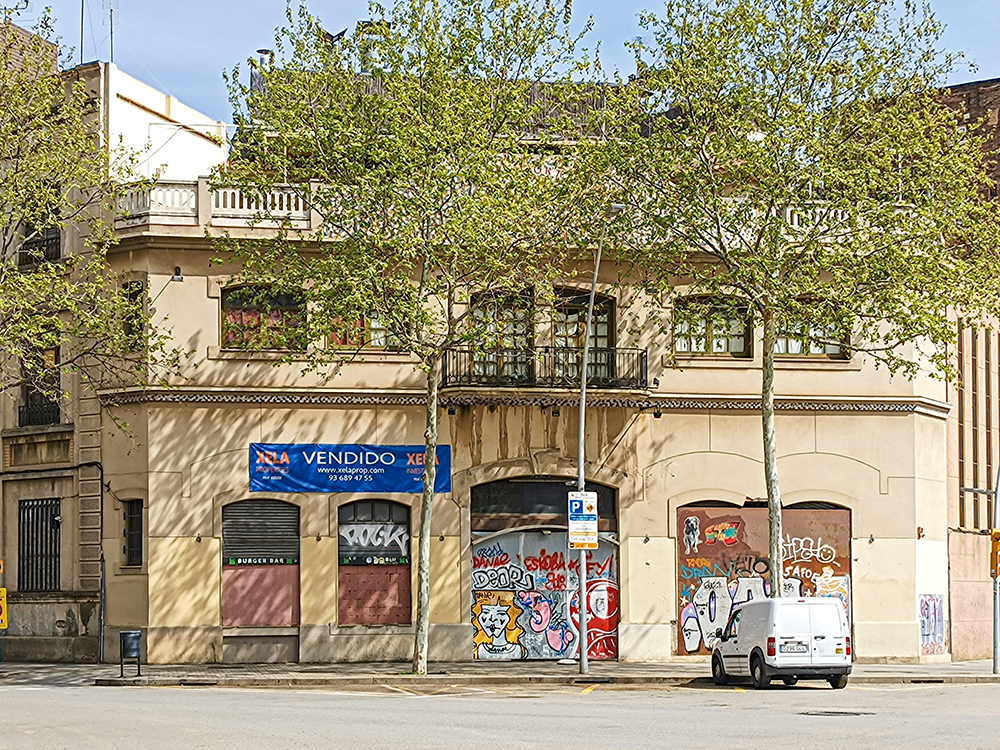The reverse charge VAT is an economic operation where the person responsible for declaring VAT is inverted. In our sector, the VAT appears in sales of new construction while the acquisitions of second hand properties are taxed by ITP. But Hacienda, in some cases, in order to facilitate buying and selling operations, allows the VAT taxation in second hand real estate sales and purchases.
How does it work and who can benefit from reverse charge VAT?
To understand this operation, we must first be clear about who is who.
Generally speaking, the seller is the person, natural or legal, who is responsible for charging the VAT to his customer and then submitting the VAT return and paying the VAT to the tax authorities, acting as the taxable person.
The change of the taxable person breaks this general rule, allowing the purchaser to be responsible for declaring VAT and acting as the taxable person according to art 84.uno. 2º de la Ley 37/1992, del I.V.A.
This economic operation can only be carried out if the purchaser of the property is an active professional or a company that is acting in the development of its activity.

How to charge a reverse charge transaction?
If you are the seller
You must present an invoice without VAT, where it will be clearly indicated that it is a reverse charge transaction in accordance with article 84.1.2 of the IVA law 37/1992. The total of the invoice presented will be the taxable base, not including the tax in the amount to be paid to you.
In spite of not having to charge VAT, the amount of the sale must be reflected in form 303, in box 61 “operaciones no sujetas o con inversión del sujeto pasivo que originan el derecho a deducción”, and it must be reported in the annual summary, form 390, in section 110: “operaciones no sujetas por reglas de localización o con inversión del sujeto pasivo”.
If you are the buyer
The company or professional acquiring the property must register the invoice by calculating the amount according to the corresponding VAT rate.
In the quarterly declaration, in the form 303, the buyer must “charge himself” this tax, including the amount of the operation, in the VAT accrued and deductible VAT boxes, and then report it in the form 390.
Finally, the reversal of the taxpayer must appear in the notarial deed of sale of the property.

Reverse charge offenses
Regardless of the penalty for not declaring VAT correctly in any transaction, in this case, the Tax Agency also imposes a penalty if the reverse charge is not reported or not properly communicated. This can lead to fines of between 300 and 10,000 euros.
The inversion of the taxable person, facilitates the real estate operations since it allows the buyer to save the payment of the ITP at 10%, and, at the same time not having to pay to the Hacienda the VAT, since the amount is compensated in the quarterly declaration. For this reason, all transactions with Xela Properties are supervised by our financial department so that you only pay what is due to you.


